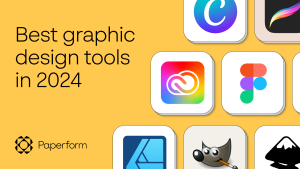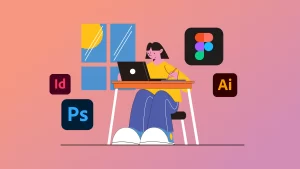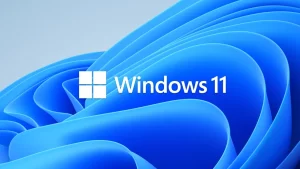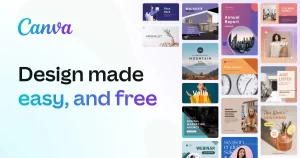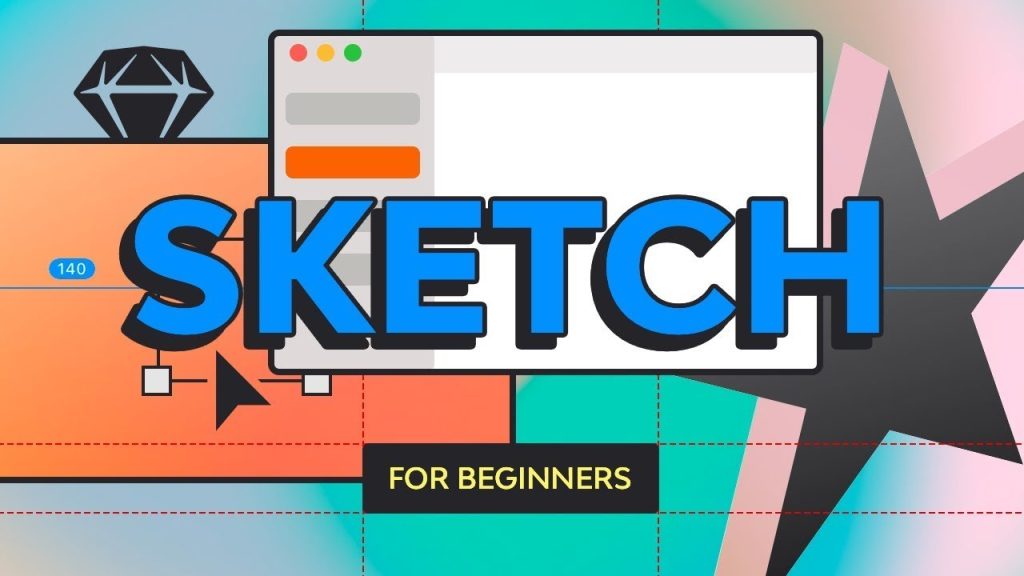
Sketch Software A Comprehensive Guide
Introduction
Sketch, a powerful vector-based design tool, has rapidly gained popularity among designers for its intuitive interface, robust features, and efficient workflow. Originally developed for macOS, Sketch has since expanded to include a web-based version, making it accessible to a wider range of users. In this article, we will delve into the key features, benefits, and use cases of Sketch, exploring why it has become a go-to tool for many designers.
Key Features
- Vector Graphics: Sketch’s foundation lies in vector graphics, ensuring that designs remain scalable and maintain their quality regardless of size or resolution. This is particularly beneficial for creating assets that will be used across various platforms and devices.
- Layers and Symbols: The hierarchical layer system allows designers to organize and manage their designs effectively. Symbols, reusable components, streamline the design process and ensure consistency across multiple projects.
- Plugins and Extensions: Sketch’s vibrant ecosystem of plugins and extensions significantly enhances its capabilities. From prototyping tools to design systems, these add-ons cater to a wide range of design needs.
- Artboards: Artboards provide a visual representation of different screen sizes and orientations, making it easy to design for specific devices or layouts.
- Text and Typography: Sketch offers robust text editing tools, including advanced typographic controls and support for multiple fonts.
- Collaboration: The ability to collaborate with team members in real-time has transformed the design process. Sketch supports shared libraries and version control, ensuring seamless teamwork.
Benefits of Using Sketch
- Efficiency: Sketch’s intuitive interface and streamlined workflow help designers work more efficiently. The focus on essential features and the elimination of unnecessary clutter contribute to a productive design environment.
- Scalability: Vector graphics ensure that designs can be scaled without compromising quality. This is crucial for creating assets that will be used across various platforms and resolutions.
- Consistency: Symbols and shared libraries promote consistency across projects, ensuring a cohesive brand identity.
- Flexibility: Sketch’s versatility allows it to be used for a wide range of design tasks, from creating logos and icons to designing user interfaces and websites.
- Community and Support: The active Sketch community provides a wealth of resources, tutorials, and support for users of all levels.
Use Cases
- UI/UX Design: Sketch is a popular choice for designing user interfaces and user experiences. Its vector capabilities, layer system, and prototyping tools make it well-suited for creating interactive and engaging designs.
- Logo and Icon Design: The precision and control offered by vector graphics make Sketch ideal for creating logos and icons that are both visually appealing and scalable.
- Web Design: Sketch can be used to design websites, from wireframes to high-fidelity mockups. Its integration with prototyping tools allows designers to create interactive prototypes for testing and feedback.
- App Design: Sketch is a popular tool for designing mobile and desktop app interfaces. Its ability to create artboards for different screen sizes and orientations simplifies the design process.
- Brand Identity: Sketch can be used to develop comprehensive brand identities, including logos, typography, color palettes, and style guides.
Comparison to Other Design Tools
While Sketch has become a leading design tool, it’s essential to consider its strengths and weaknesses in comparison to other popular options:
- Adobe Illustrator: Both Sketch and Illustrator are vector-based design tools, but Illustrator offers a more comprehensive feature set, including advanced drawing tools and raster graphics capabilities. However, Sketch’s focus on user experience and streamlined workflow may appeal to some designers.
- Figma: Figma is a cloud-based design tool that offers real-time collaboration and a browser-based interface. While it lacks some of Sketch’s advanced features, Figma’s collaborative capabilities and cross-platform compatibility make it a strong contender.
- Affinity Designer: Affinity Designer is a professional-grade design tool with a focus on performance and affordability. It offers a feature-rich environment similar to Illustrator but at a lower price point.
Conclusion
Sketch has established itself as a powerful and versatile design tool, catering to the needs of designers across various industries. Its intuitive interface, robust features, and active community have contributed to its widespread adoption. Whether you’re a seasoned designer or just starting your design journey, Sketch is worth considering as a valuable addition to your toolkit.

